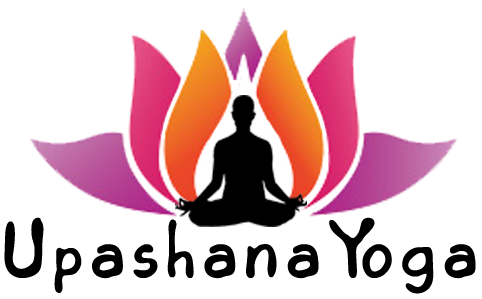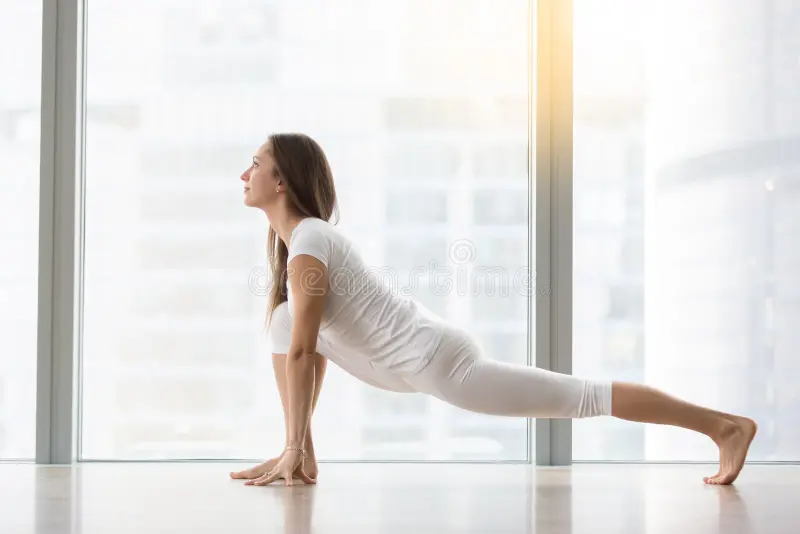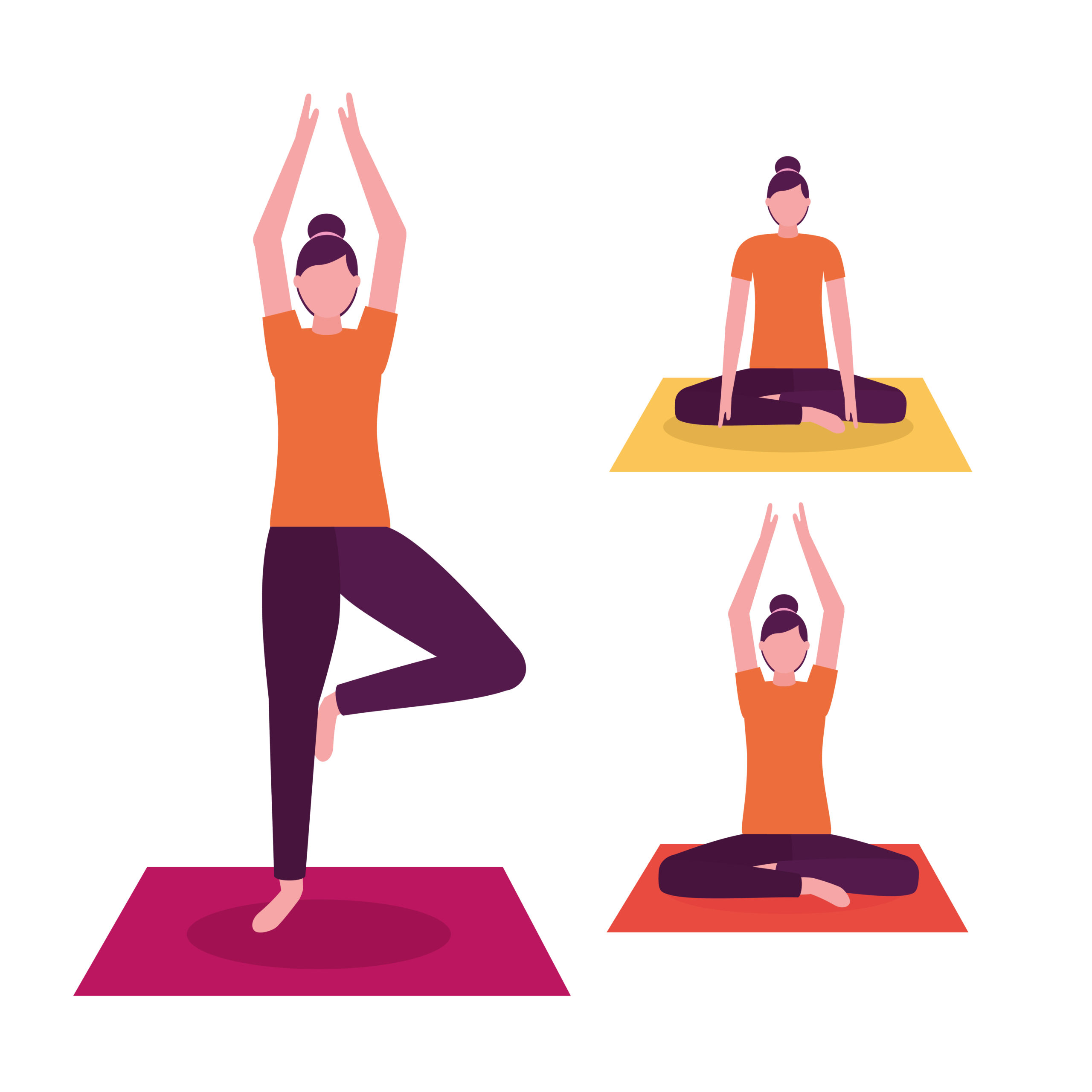

Flexibility is one of the most sought-after benefits of yoga. More than just the ability to touch your toes or perform deep backbends, flexibility in yoga represents a balance between strength and openness, stability and ease. It’s not just about physical pliability, but also about developing mental adaptability and emotional resilience. So, see below how yoga for flexibility works?
What is Yoga for Flexibility?
Yoga for flexibility refers to a focused approach within the broader practice of yoga that emphasizes improving the range of motion, mobility, and elasticity of the body’s muscles, joints, and connective tissues. It involves specific yoga poses (asanas), breathing techniques (pranayama), and mindful movement designed to gently stretch and lengthen tight or stiff areas of the body.
Key Aspects of Yoga for Flexibility:
In essence, Yoga for Flexibility is a safe, holistic, and progressive method of improving physical mobility while fostering mindfulness and relaxation. Over time, it leads to a more agile body and a more open, resilient mind.
Stretch-Oriented Poses:
The practice includes poses that target major muscle groups—like the hamstrings, hips, spine, shoulders, and calves—to gradually improve suppleness and ease of movement.
Slow, Mindful Movement:
Movements are slow and deliberate, often held for several breaths to allow deeper tissue release and better body awareness.
Consistent Breathwork:
Breathing techniques help relax the nervous system, making it easier for the body to release muscular tension and deepen into stretches.
Use of Props and Modifications:
Yoga for flexibility often incorporates blocks, straps, and bolsters to make poses more accessible and safe for practitioners of all levels, especially beginners.
Why It’s Important?
Many people today experience stiffness due to sedentary lifestyles, repetitive movements, or stress. Yoga for flexibility helps counteract this stiffness by:
- Enhancing joint mobility
- Preventing injuries
- Releasing physical and emotional tension
- Improving overall posture and body mechanics
How Yoga Enhances Flexibility?
Yoga for flexibility does much more than just improve how far you can stretch it enhances your physical health, reduces discomfort, supports injury prevention, and brings a sense of calm and awareness to your daily life. With consistent practice, anyone can experience these transformative benefits, regardless of age or body type.
Stretching and Lengthening Muscles:
Yoga poses (asanas) are designed to stretch and elongate muscles gradually. Unlike ballistic stretching, yoga encourages slow, sustained movements that reduce the risk of injury.
Mobilizing Joints:
Many yoga poses improve the range of motion in major joints—such as the hips, shoulders, and spine—promoting overall fluidity in movement.
Improving Circulation and Hydration of Tissues:
Yoga boosts blood flow, which helps hydrate and nourish muscles and connective tissues, making them more pliable and responsive to stretching.
Balancing the Nervous System:
Practices like deep breathing and mindfulness relax the body, helping release tension held in muscles and fascia, allowing for a deeper stretch.
Building Mind-Body Awareness:
Through mindful movement, yoga helps you become aware of muscular imbalances or tightness that you may unconsciously hold, leading to more informed and effective flexibility training.
Best Yoga for Flexibility:
Yoga offers a holistic approach to improving flexibility, enhancing not just the muscles and joints but also the fascia, ligaments, and even the nervous system. Whether you’re a beginner with a stiff body or an athlete looking to deepen your range of motion, yoga offers techniques that can safely and effectively increase your flexibility over time.

Downward-Facing Dog Or Adho Mukha Svanasana:
Downward-Facing Dog, or Adho Mukha Svanasana in Sanskrit, is one of the most fundamental and widely practiced poses in yoga. It is a standing, inverted V-shaped posture that stretches and strengthens the entire body. Often used as a transitional pose in yoga sequences like Sun Salutations, it provides a deep stretch to the hamstrings, calves, shoulders, and spine, while also building strength in the arms and legs.
The name comes from the resemblance of a dog stretching its front paws forward and hips upward. More than just a physical pose, it also promotes circulation, energizes the body, and offers a moment of rest and recalibration during active flows. It is suitable for practitioners of all levels and serves as both a strengthening and restorative posture in yoga practice.

Seated Forward Bend or Paschimottanasana:
Seated Forward Bend, or Paschimottanasana in Sanskrit, is a classic seated yoga pose that deeply stretches the entire back of the body, including the spine, hamstrings, and calves. It is especially effective for improving flexibility in the lower body and promoting a calm, introspective state of mind.
This pose involves sitting with the legs extended straight in front and gently folding forward from the hips to reach toward the feet. Paschimottanasana not only enhances physical flexibility, but also soothes the nervous system, aids digestion, and relieves tension in the back and shoulders. It is ideal for those looking to increase suppleness in the spine and legs while fostering inner stillness and relaxation.

Cat-Cow Stretch or Marjaryasana-Bitilasana:
Cat-Cow Stretch, or Marjaryasana-Bitilasana, is a gentle, flowing yoga movement that combines two poses to warm up the spine and improve flexibility. Practiced on hands and knees, it involves arching the back on an inhale (Cow Pose) and rounding the spine on an exhale (Cat Pose).
This dynamic sequence increases spinal mobility, stretches the neck, chest, and back, and helps release tension in the shoulders and torso. Ideal for all levels, Cat-Cow is commonly used at the beginning of a yoga session to prepare the body for deeper stretches and to synchronize movement with breath, promoting physical ease and mental focus.
Lizard Pose or Utthan Pristhasana:
Lizard Pose, or Utthan Pristhasana in Sanskrit, is a deep hip-opening yoga posture that targets the hip flexors, groins, and hamstrings. Practiced in a low lunge position with the forearms or hands on the ground inside the front leg, it provides an intense stretch that enhances lower body flexibility and releases deep-seated tension.
This pose is especially beneficial for those with tight hips or who sit for long periods, and it helps prepare the body for deeper poses like splits. Lizard Pose also improves mobility, builds mental focus, and encourages a calm, grounded state of mind.

Bound Angle Pose or Baddha Konasana:
Reclined Hand-to-Big-Toe Pose or Supta Padangusthasana:
Reclined Hand-to-Big-Toe Pose, or Supta Padangusthasana, is a gentle yet effective yoga posture for improving flexibility in the hamstrings, calves, hips, and lower back. Performed while lying on the back with one leg extended upward and held by the big toe or a strap, it allows for a deep stretch without straining the spine.
This pose is ideal for enhancing leg flexibility, relieving muscle tightness, and improving overall range of motion, especially in the lower body. It’s a safe and accessible posture for all levels, making it a valuable addition to any flexibility-focused yoga practice.

Bridge Pose or Setu Bandhasana:
Bridge Pose, or Setu Bandhasana, is a reclining backbend that gently stretches the chest, neck, spine, and hip flexors, making it a powerful pose for developing flexibility in the front body. In this posture, the hips lift off the ground while the shoulders and feet remain rooted, creating an arch through the back.
Bridge Pose not only enhances spinal mobility and hip flexibility, but also strengthens the back and legs. It is especially beneficial for counteracting the effects of prolonged sitting and for opening areas of tightness in a safe, supportive way.
Yoga Sequences for Flexibility:
A typical flexibility-focused yoga session may follow this structure:
- Warm-Up (5–10 minutes): Gentle joint rotations, Cat-Cow, and Sun Salutations.
- Main Poses (20–30 minutes): Include hamstring stretches, hip openers, and spinal extensions.
- Cool Down (5–10 minutes): Gentle twists, reclining stretches, and Savasana.
Consistency is key. Even practicing 15–20 minutes a day can yield noticeable improvements over weeks.
Tips for Safely Improving Flexibility with Yoga:
- Don’t Force It: Never push into pain. Yoga is about patience and presence.
- Use Props: Blocks, straps, and bolsters make poses more accessible and safer.
- Warm Up: Always begin with dynamic movements to prepare muscles for deeper stretching.
- Stay Consistent: Regular practice, even if short, is more effective than occasional long sessions.
- Breathe Deeply: Inhale to create space, exhale to deepen the stretch.
- Focus on All-Around Flexibility: Work on the entire body, not just one area like the hamstrings.
Who Can Practice Yoga for Flexibility?
Anyone regardless of age, fitness level, or experience — can benefit from yoga for flexibility. It is especially helpful for:
- Beginners with tight muscles
- Athletes looking to improve mobility
- Older adults aiming to maintain range of motion
- Office workers experiencing muscle stiffness from sitting

Benefits of Yoga For Flexibility:
Practicing yoga regularly leads to numerous physical and mental benefits, especially when it comes to flexibility. Flexibility in yoga isn’t just about performing splits or backbends it’s about improving the overall health of muscles, joints, and connective tissues while enhancing functional movement. Here are the key benefits:
Increases Range of Motion:
Yoga stretches and lengthens muscles, helping joints move through their full range of motion. This is essential for pain-free, efficient movement in daily life and athletic activities.
Reduces Muscle Stiffness and Tension:
Regular yoga practice releases tension stored in the muscles, especially in commonly tight areas like the hips, hamstrings, shoulders, and neck. This helps relieve aches and promotes better movement.
Enhances Posture and Alignment:
Flexibility in key areas such as the spine, hips, and shoulders can correct muscular imbalances, improving overall posture. Better alignment also reduces the risk of back and neck pain.
Prevents Injuries:
Flexible muscles and joints are less prone to strains and tears. Yoga promotes balanced muscle development, which helps prevent overuse injuries, especially for athletes and active individuals.
Improves Blood Circulation:
Stretching muscles and opening joints through yoga enhances circulation, which helps deliver oxygen and nutrients to tissues, reducing recovery time and fatigue.
Boosts Athletic and Daily Performance:
Improved flexibility leads to smoother, more efficient movement patterns, which can enhance performance in sports, dance, or any physical activity, and makes everyday tasks easier.
Supports Joint Health:
Gentle movement and stretching lubricate the joints and strengthen the connective tissues, helping maintain joint health and reducing the risk of degenerative conditions.
Releases Emotional Tension:
Tightness in the body often reflects stress or emotional holding. Deep stretching in yoga helps release emotional tension, especially in areas like the hips and shoulders.
Encourages Mindfulness and Body Awareness:
Flexibility training in yoga is not rushed. It requires presence and attention, helping practitioners develop a deeper connection with their body and recognize limitations without judgment.
Promotes Relaxation and Better Sleep:
Stretching before bed through calming yoga poses can relax the body, calm the nervous system, and lead to deeper, more restful sleep.
Common Myths About Yoga for Flexibility:
| Myth | Reality |
|---|---|
| “You must be flexible to do yoga.” | Yoga helps develop flexibility—no need to start with it. |
| “Stretching always feels good.” | Deep stretches may feel intense—comfortably challenging is the goal. |
| “More flexibility equals better yoga.” | Yoga is not a competition. Balance, breath, and awareness matter more. |
Conclusion:
Yoga is one of the safest and most effective ways to increase flexibility at any age or fitness level. More than just physical ease, enhanced flexibility leads to a freer, more mindful way of moving and being. Embrace the process, practice with intention, and over time, your body will naturally become more supple, open, and resilient.
FAQs:
Q. How often should I practice yoga to improve flexibility?
A. Aim for at least 3–5 times per week, even if for just 15–30 minutes daily.
Q. Can beginners with stiff bodies practice yoga?
A. Absolutely. Use props and modify poses to suit your body’s needs.
Q. How long does it take to become flexible with yoga?
A. It varies, but noticeable improvements often appear in 4–6 weeks with consistent practice.
Q. Is it better to practice in the morning or evening?
A. Both are fine mornings energize; evenings help release accumulated tension.
Q. What style of yoga is best for flexibility?
A. Hatha, Yin, and Vinyasa yoga are particularly beneficial for enhancing flexibility.












Leave a Comment